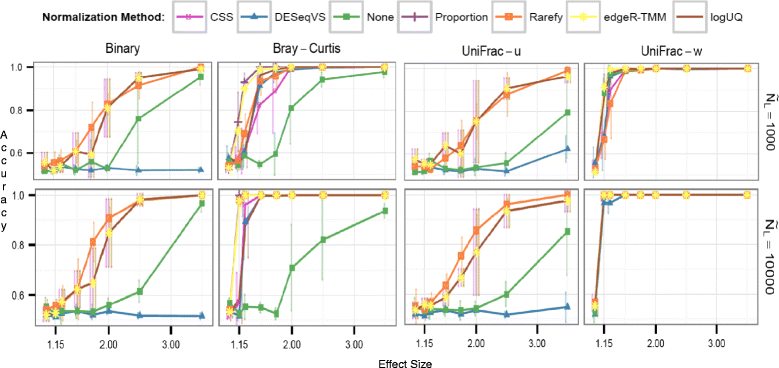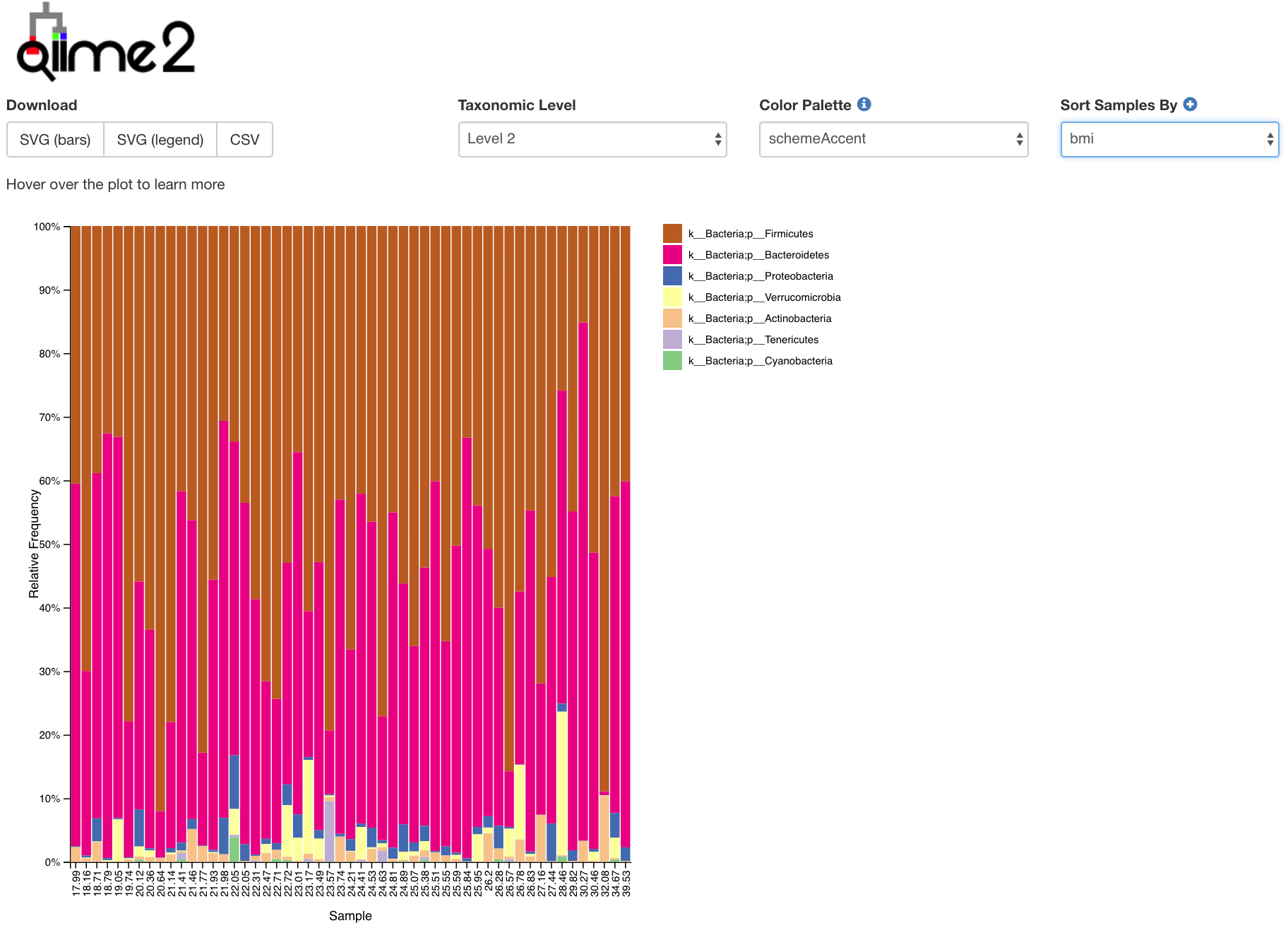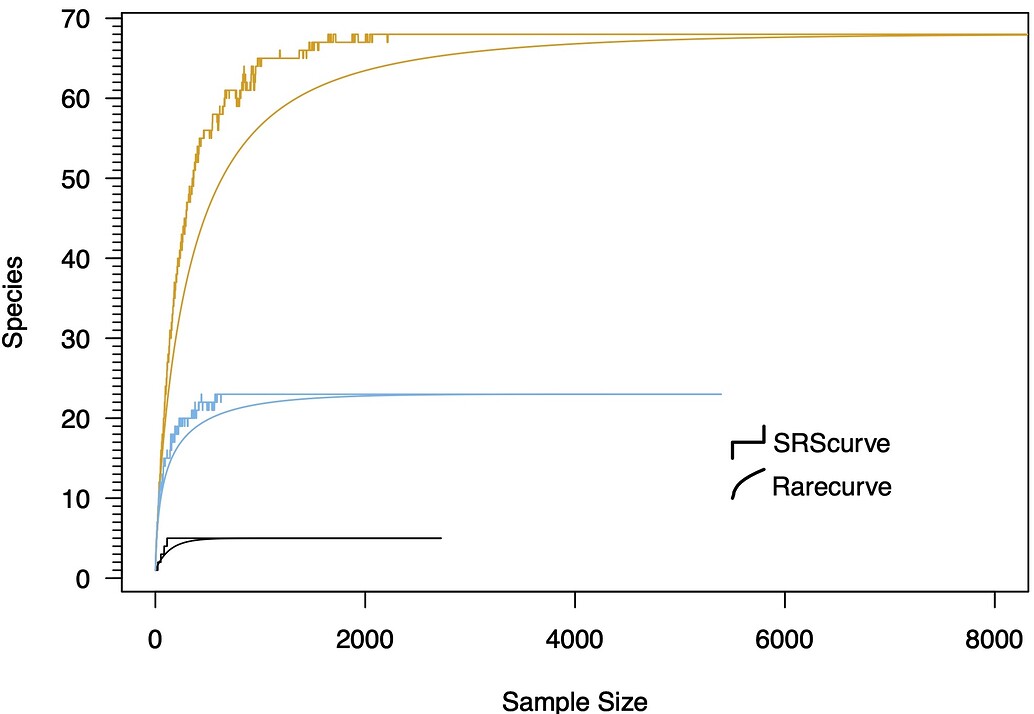

Microbial colonization in early life plays an important role in regulating intestinal and lung function. Objective: There are mutual influences between intestine and lung, that propose a concept of the gut-lung axis, but the mechanism is still unclear.

2Key Laboratory of Birth Defects and Related Diseases of Women and Children (Sichuan University), Ministry of Education, West China Second University Hospital, Sichuan University, Chengdu, China.

#RARIFY QIIME UPDATE#
Fecal Microbiota Transplantation in Patients with HBV Infection or Other Chronic Liver Diseases: Update on Current Knowledge and Future Perspectives. Mattia Paratore, Francesco Santopaolo, Giovanni Cammarota, Maurizio Pompili, Antonio Gasbarrini, Francesca Romana Ponziani.World Journal of Gastroenterology 2021, 27 Microbiota and viral hepatitis: State of the art of a complex matter. Ivana Milosevic, Edda Russo, Ankica Vujovic, Aleksandra Barac, Olja Stevanovic, Stefano Gitto, Amedeo Amedei.Metabolic Influences of Gut Microbiota Dysbiosis on Inflammatory Bowel Disease. Ahmed, Hebatoallah Hassan, Walid Mottawea. Salma Sultan, Mohammed El-Mowafy, Abdelaziz Elgaml, Tamer A.International Journal of Molecular Sciences 2021, 22 Gut Microbiota Extracellular Vesicles as Signaling Molecules Mediating Host-Microbiota Communications. Salma Sultan, Walid Mottawea, JuDong Yeo, Riadh Hammami.Editorial: The Microbiome in Hepatobiliary and Intestinal Disease. Compositions of gut microbiota before and shortly after hepatitis C viral eradication by direct antiviral agents.

Yao-Chun Hsu, Chih-Cheng Chen, Wei-Hsiang Lee, Chi-Yang Chang, Fu-Jen Lee, Cheng-Hao Tseng, Tzu-Haw Chen, Hsiu J.Collectively, our findings reveal the alteration of gut microbiota in treatment naive HCV patients and suggest that gut microbiota may hold diagnostic promise in HCV infection. Receiver-operating characteristic analysis identified five disease-specific operational taxonomic units (OTUs) as potential biomarkers of HCV infections. Predicted community metagenomic functions showed a depletion of carbohydrate and lipid metabolism in HCV microbiota along with perturbations of amino acid metabolism. Treatment-naive HCV microbiota showed increased diversity, an increased abundance of Prevotella, Succinivibrio, Catenibacterium, Megasphaera, and Ruminococcaceae, and a lower abundance of Bacteroides, Dialister, Bilophila, Streptococcus, parabacteroides, Enterobacteriaceae, Erysipelotrichaceae, Rikenellaceae, and Alistipes. Using samples collected prior to treatment from newly diagnosed patients, we characterized the gut microbiota structure in HCV patients as compared to healthy controls. However, profiles of the gut microbiota alterations in HCV are inconsistent in the literature and are affected by the treatment regimens. Gut microbiota dysbiosis has been linked to many heath disorders including hepatitis C virus (HCV) infection.


 0 kommentar(er)
0 kommentar(er)
